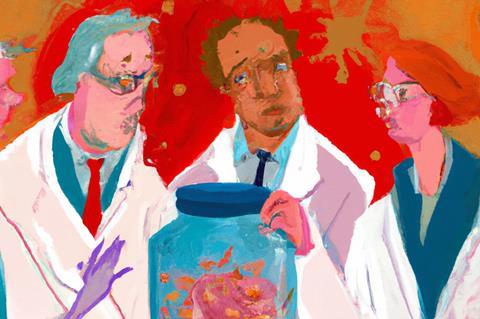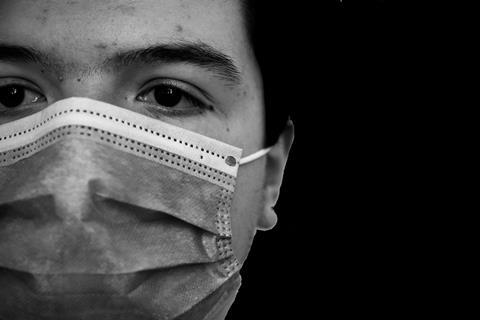“We stand together to strongly condemn conspiracy theories suggesting that COVID-19 does not have a natural origin.”
“We do not believe that any type of laboratory-based scenario is plausible.”
These were highly amplified statements made by influential scientists in early 2020, which set the tone for scientific and public discourse on the origin of the pandemic.
The most famous letter, “The proximal origin of SARS-CoV-2”, was advised and later cited by Dr. Anthony Fauci to the press to refute suggestions that the virus might have come from a laboratory. Even the accidental release of a natural virus studied in a lab was deemed a conspiracy theory.
The scientists who made these statements did not know who the earliest Covid-19 cases were. They did not know if there were any infected animals at the Wuhan market or its supply chain. And they did not know what viruses had been collected and studied in Wuhan labs in the years before the pandemic.
Today, we still do not know the answers to these questions. The publicly available evidence for a natural or lab origin remain comparable in that they are completely circumstantial. There is no overwhelming evidence pointing to a natural origin of the virus - despite what some scientists would like the world to believe.
Both remain plausible
The latest assessment by US intelligence agencies is that both natural and laboratory-associated origins remain plausible. The World Health Organization scientific advisory group on the origins of novel pathogens reported that both natural and laboratory-based hypotheses must be further investigated. The Lancet Covid-19 Commission reached a similar conclusion, adding that “there is still a shortfall of independent, scientific, and collaborative work on the issue.”
As more information was obtained about the types of virus experiments being done in Wuhan, virologists said that the pandemic virus could have plausibly resulted from these research activities. Polls show that most of the American public, regardless of their political leanings, believes the virus came from a laboratory, and, in 25 of 26 countries surveyed, more people think the virus came from a lab rather than nature.

Yet some scientists and reporters continue to claim that there is a scientific consensus on where the pandemic virus came from. Some have gone as far as to say that they have “cracked this case” and that the lab leak theory “by now should be firmly sealed in the crypt”.
Reporters from top news outlets continue to assert without substantiation that “most scientists” believe in a natural origin of the pandemic. Scientists and science journalists continue to be heckled by some scientists on social media for giving a lab leak origin of Covid-19 serious consideration.
Rising stakes
The effect of this manufactured certainty on the pandemic’s origin is that the stakes have now become extraordinarily high for a subset of the scientific research and science journalism community. Instead of grappling only with the fact that scientific research might have caused this pandemic, we now also have to contend with whether and how members of the scientific community have suppressed inquiry into a laboratory origin of Covid-19.
If direct evidence of a natural origin of the virus via the wildlife trade emerges one day, those who have aggressively dismissed the lab leak theory can heave a huge sigh of relief.
However, if direct evidence of a research-related origin of the virus is revealed, these scientists and reporters will have a lot to answer for, and to a large segment of the public that has grown skeptical of repeatedly being told to follow the science before sufficient data has been obtained.
Decades down the road, we do not want to have to tell our grandchildren about the time some scientific leaders almost got away with casting a laboratory origin of the pandemic as a conspiracy theory.
Transparency and accountability
Regardless of the origin of Covid-19, it should not be this difficult to advocate for transparency and accountability when a novel virus breaks out in the city where there is a unique research programme to gather and manipulate exactly that type of pathogen. Building trust in science, particularly during a crisis, requires consistent honesty on what scientists do not yet know and still need to collect compelling evidence for.
When the pandemic virus emerged, scientists and science journalists should have said: “We stand together to advocate for an investigation of whether this pathogen came from nature or a laboratory. Both natural and laboratory-based scenarios are plausible.”
Alina Chan is a Scientific Advisor at the Broad Institute of MIT & Harvard, a member of the Bulletin of the Atomic Scientists pathogens project taskforce, and co-author of VIRAL: The Search for the Origin of Covid-19.








No comments yet